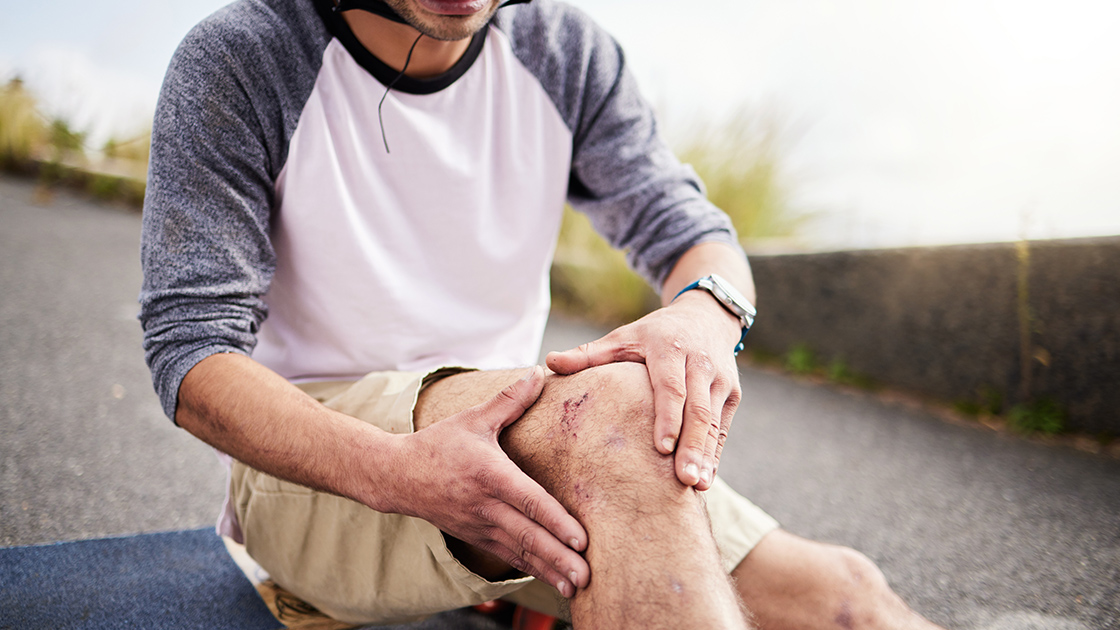Page Contents
Arthritis, a chronic condition characterized by joint inflammation, can significantly impact quality of life, causing pain, stiffness, and reduced mobility. While traditional treatments focus on symptom management, laser therapy has emerged as a promising approach to transforming arthritis management. In this blog, we explore how laser therapy offers hope for pain-free living and improved mobility for individuals.
Understanding Arthritis and Its Impact
Arthritis encompasses a group of over 100 different types of joint diseases, with osteoarthritis and rheumatoid arthritis being the most common forms. Symptoms include joint pain, stiffness, swelling, and decreased range of motion. Traditional treatments aim to reduce pain and inflammation, improve joint function, and slow disease progression, but they may not always provide adequate relief.
Enter Laser Therapy
Laser therapy, also known as low-level laser therapy (LLLT) or cold laser therapy. It offers a non-invasive and drug-free approach to managing arthritis symptoms. This innovative treatment modality utilizes specific wavelengths of light to penetrate deep into tissues, stimulating cellular repair, reducing inflammation, and promoting tissue regeneration. By addressing the underlying cause of pain, laser therapy offers targeted relief and improved joint function.
How Laser Therapy Works for Arthritis
During a laser therapy session, a handheld device delivers focused laser energy to the affected joints. The light energy penetrates the skin and reaches deep into the tissues, where it stimulates cellular metabolism, increases blood flow, and reduces inflammation. This process helps alleviate pain, improve mobility, and enhance overall joint health, allowing individuals to experience greater comfort and functionality.
Benefits of Laser Therapy for Arthritis:
- Pain Relief: Laser therapy targets pain receptors and reduces inflammation, providing effective pain relief for arthritis sufferers.
- Improved Mobility: Laser therapy improves mobility and range of motion, allowing individuals to perform daily activities with greater ease.
- Reduced Inflammation: The therapy helps decrease inflammation in the joints, reducing swelling and discomfort associated with arthritis flare-ups.
- Non-Invasive and Safe: Laser therapy is a non-invasive and safe treatment option, making it suitable for individuals of all ages and health conditions.
- Minimal Side Effects: Laser therapy has minimal side effects compared to medications or surgical interventions, minimizing risks and discomfort for patients.
Applications of Laser Therapy in Arthritis Management
Laser therapy can be used to manage various forms of arthritis, including osteoarthritis, rheumatoid arthritis, psoriatic arthritis, and gout. It can also be combined with other treatments such as medication, physical therapy, and lifestyle modifications for comprehensive arthritis management.
Case Studies and Success Stories
Numerous studies have demonstrated the efficacy of laser therapy in reducing arthritis pain, improving joint function, and enhancing quality of life for arthritis patients. Many individuals report significant improvements in pain relief, mobility, and overall well-being after undergoing laser therapy sessions.
As research and technology continue to advance, laser therapy holds promise for further innovations in arthritis management. Ongoing studies aim to optimize treatment protocols, explore new applications of this therapy, and enhance our understanding of its long-term benefits for arthritis sufferers.
Conclusion
Laser therapy offers hope for pain-free living and improved mobility for individuals. Its non-invasive nature, targeted relief, and minimal side effects make it a valuable treatment modality for managing arthritis symptoms and enhancing overall quality of life. More arthritis patients can benefit from this innovative approach to transforming their lives and reclaiming their independence from pain.
